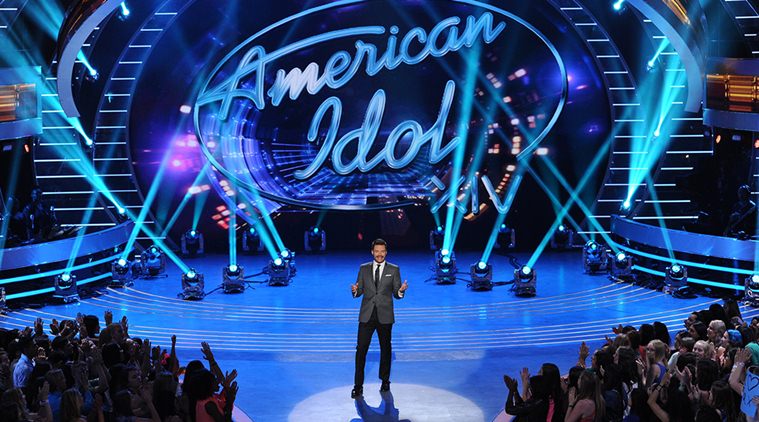 American Idol deserves a farewell note. It democratized the music industry by introducing public voting to pick winners.
American Idol deserves a farewell note. It democratized the music industry by introducing public voting to pick winners.
All that Bittu wanted was to become the next singing star of the country, the next Indian Idol. A tiny part of the film script, Bittu’s character in the 2009 film Delhi 6, aptly depicted the impact, albeit brief, of music reality show, Indian Idol, on pop culture. The series was an off-shoot of its American parent, American Idol which has ended its 15-year-old run this month.
Irrespective of the OTT drama, and some truly average talent, American Idol deserves a farewell note. It democratized the music industry by introducing public voting to pick winners, it gave a new lease of life to forgotten celebrities by making them judges and mentors, and added some fantastic artistes to our playlists (Carrie Underwood, Philip Phillips, Chris Daughtry and Kelly Clarkson). Best of all, American Idol gave the internet meme-worthy Simon Cowell. A game-changer, the show represented a new era of American TV, one that claimed to present reality, albeit peppered generously with fiction. And of course, it gave us Ryan Seacrest, the host.
With this show, the entertainment industry found a new genre – talent reality show – and spawned other shows such as The X Factor and The Voice, to name just two. None of them were as loved or hated as American Idol .
Back home too, Indian Idol gave wings to the dreams of the middle-class. After all, here was a show being judged by the Anu Maliks and Sonu Nigams of the industry, one where your audience (neighbourhood, family, friends, city and state) marked your performance, one that gave you enough time on the small screen to bawl about the struggles and joys of life. The first season in 2004-05 was a major success, with families glued to their TV sets at night, waiting to hear Abhijeet Sawant, Rahul Vaidya and Amit Tandon – young boys with golden voices, big dreams and tragic back stories.
It’s useful to remember that this was not the first reality show that catapulted to such success. After all, who can forget Sa Re Ga Ma Pa? Then there was Kaun Banega Crorepati (2000) However, what Indian Idol graciously permitted and encouraged were untrained singers, people who ride a truck for a living or a mother in a Mumbai chawl too busy to take lessons but gifted with a voice that could make it to Indian Idol.
It was also the first to give viewers the back story – one they could relate to or sympathise with before KBC and others did it. Indian Idol was the break we needed from Ekta Kapoor’s kitchen politics. It was also the perfect vehicle to build on the success of KBC given Indians magnificent obsession with Bollywood.
With the success of Indian Idol, the industry had found a winning formula, mirroring the impact of the show in the US. Every channel got itself a pair of judges, a new set, same old glitzy garments, tear-jerker stories and wannabe singers and performers from across India. There was Super Singer, Voice of India, Bathroom Singer, Bharat ki Shaan- Singing Superstar, Chhote Miyan, Chhote Ustaad, Fame Gurukul, Fame X, Jjhoom India, K for Kishore and Music ka Maha Muqqabla, apart from the very recent The Stage.
Apart from Sawant, who was under spotlight for a little while, and Meiyang Chang who pops up now and then on the big and small screens, Indian Idol and its contemporary music reality shows gave us very little in terms of long-lasting talent. In the US, American Idol lasted 15 seasons, while here, we stopped at six.
In the US, it heralded a new era in TV, here it became just one of many: did we even notice when Indian Idol died?
Entertainment Videos by Indian Express